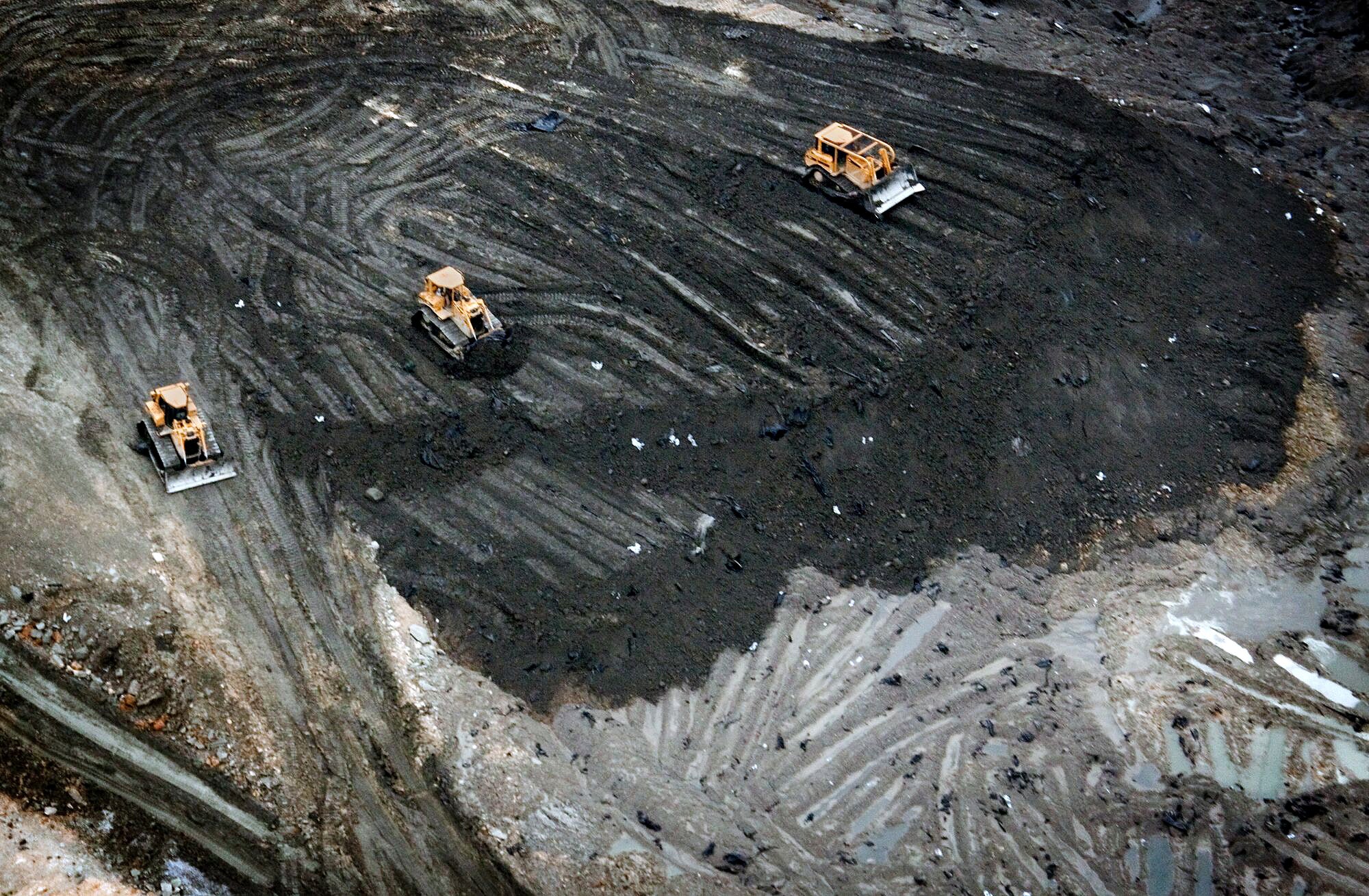Earthjustice goes to court for our planet.
We’re here because the earth needs a good lawyer.
Illinois Coal Ash Victory Models the Protections We Need Nationwide
This page was published 2 years ago. Find the latest on Earthjustice’s work.
Coal ash is a toxic byproduct of burning coal that poisons our water, sickens our bodies, and kills fish and wildlife with chemicals and heavy metals like arsenic, lithium, and lead. In 2015, the Environmental Protection Agency (EPA) adopted its first-ever safeguards for coal ash after repeated Earthjustice litigation. But the rule contained loopholes that effectively allowed hundreds of coal plants to avoid cleaning up their messes.
To address the threat of unregulated coal ash, Earthjustice and community advocates began a multi-pronged legal effort in 2019 to address the toxic waste in one of the nation’s top coal ash-generating states, Illinois.
Recently, a court ordered the removal of coal ash at a site near Illinois’ only national scenic river. The victory in Illinois models the necessary safeguards for coal ash ponds that Earthjustice is pushing the EPA to adopt nationwide and is part of our broader effort to ensure that everyone has access to clean air and water.
Coal ash is one of our nation’s largest toxic industrial waste streams.
- When power plants burn energy for coal, coal ash is what’s left behind. Each year, the country’s remaining coal-fired power plants continue to generate more than 70 million tons of coal ash waste.
- Coal ash contains a toxic mix of carcinogens, neurotoxins, and other hazardous pollutants that can cause cancer, heart disease, reproductive failure, and stroke, and can inflict lasting brain damage on children.
- For decades, power plants disposed of coal ash by dumping it in unlined ponds, landfills, and mines. Today, hundreds of coal ash ponds and landfills are found across the United States.
- Industry’s own data indicates that across the country, 91% of coal plants are currently contaminating groundwater above federal safe drinking water standards.
The EPA has delayed coal ash protections for years.
- In 2015, the EPA finally agreed to regulate coal ash sites after years of Earthjustice litigation and community advocacy. The protections were a huge step forward, but they didn’t go far enough.
- The agency’s 2015 rule excluded hundreds of coal ash sites, including sites that stopped receiving waste before the law went into effect, all dump sites at power plants that had stopped producing power, and coal ash that was used as fill in places like playgrounds and residential areas. Most exempted sites are located disproportionately in low-income communities and communities of color.
- As part of a settlement between the EPA and public interest groups represented by Earthjustice, the agency published a new proposed coal ash rule in May 2023. The draft rule extends federal regulations to many of the coal ash sites excluded from the 2015 rule.
Community advocates in Illinois fight back.
- One of the sites that was excluded from EPA’s 2015 protections lies near the Middle Fork of the Vermilion River, Illinois’ only National Scenic River. Each year, the river’s waters attract thousands of canoers, tubers, and kayakers to the area.
- According to the coal plant’s owners, the unlined coal ash sites have been seeping heavy metals like chromium, lead, and arsenic into the riverbank for more than a decade, leaving behind an eerie purplish-orange hue.
- On behalf of Prairie Rivers Network, Earthjustice filed a federal lawsuit against the EPA in 2018 and a state lawsuit in 2019 to push for cleanup, while residents kept up the heat.
- In June 2023, following our litigation and advocacy efforts, a state court is requiring the coal plant’s owners to dig up and move to a safer location onsite, the approximately 3 million cubic yards of coal ash that sits next to the Vermilion River. The company must also restore nearby river ecology and limit dust from the coal plant’s demolition.
- The state’s court order models the potential of stronger federal protections for cleaning up unlined legacy coal ash ponds and other sites around the country.
Though strengthened, the EPA’s current draft rule continues to exempt some dangerous coal ash dump sites. Protective safeguards must be extended to all coal ash dumps.
